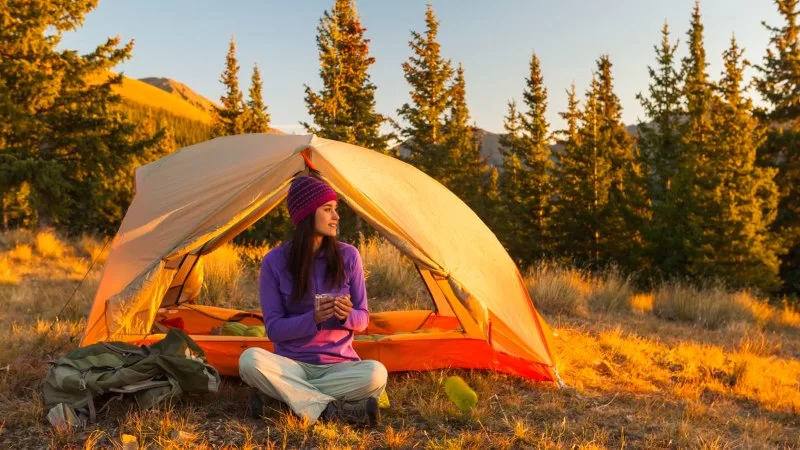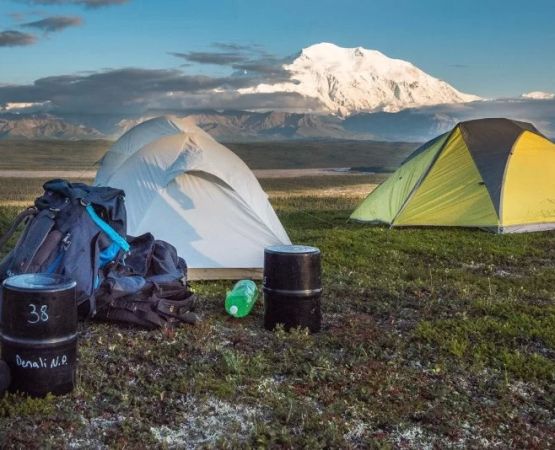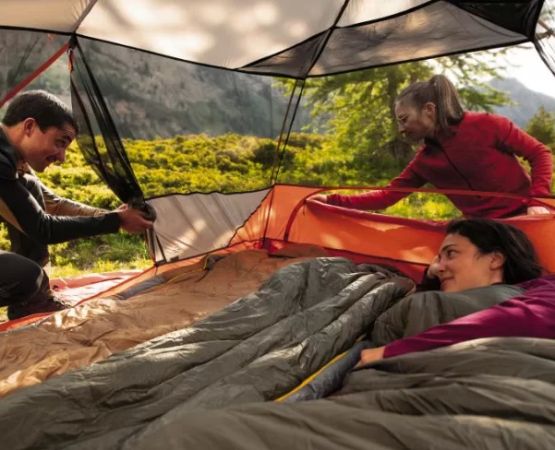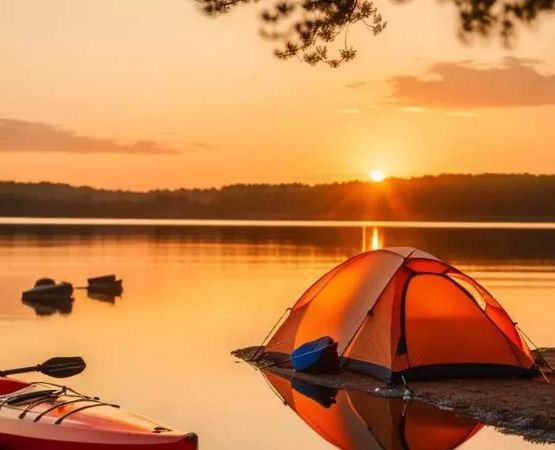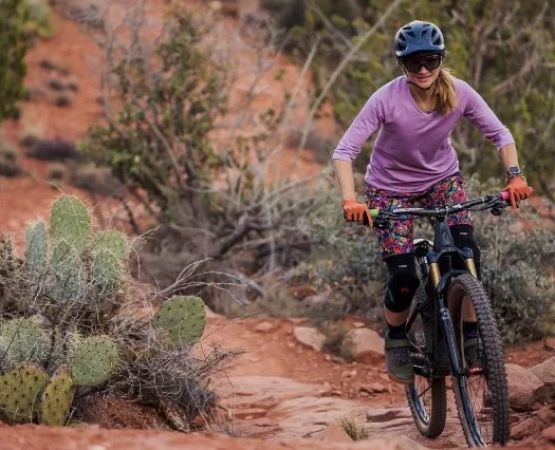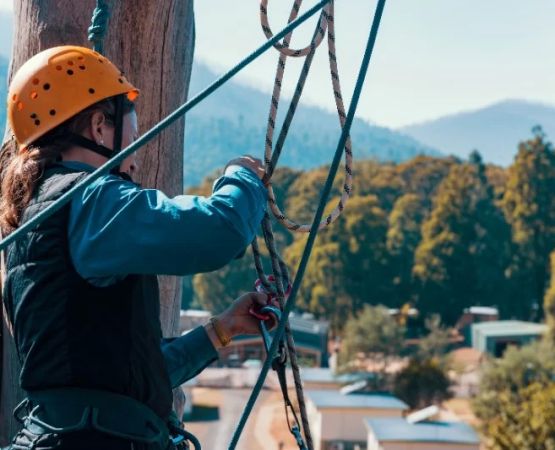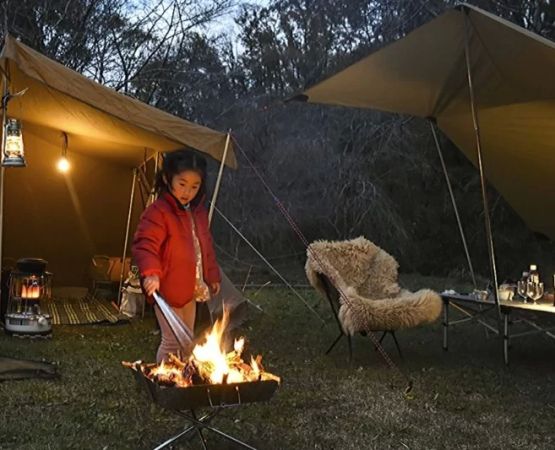- what-is-dispersed-camping-on-blm-land - What is Dispersed Camping on BLM Land?
- core-rules-you-must-follow-while-camping-on-blm-land - Core Rules You Must Follow While Camping on BLM Land
- real-life-experiences-and-common-mistakes - Real-Life Experiences and Common Mistakes
- environmental-responsibility-and-leave-no-trace - Environmental Responsibility and Leave No Trace
- blm-vs-designated-campsites-which-is-right-for-you - BLM vs. Designated Campsites: Which Is Right for You?
- how-pine-cliff-resort-can-enhance-your-camping-adventure - How Pine Cliff Resort Can Enhance Your Camping Adventure
1. What is Dispersed Camping on BLM Land?
Dispersed camping on BLM (Bureau of Land Management) land refers to camping outside of developed campgrounds. It’s a popular choice for adventurers seeking solitude, unspoiled nature, and freedom from campsite reservations. BLM lands are federally managed and typically open for free, making them an attractive option for budget-conscious travelers and overlanders alike.
However, with this freedom comes responsibility. Dispersed camping is allowed, not guaranteed—meaning visitors must follow specific rules to help preserve these public lands for generations to come.
2. Core Rules You Must Follow While Camping on BLM Land
2.1 Camp at Least 200 Feet Away from Water Sources
One of the most important BLM regulations is maintaining a buffer between your campsite and water sources such as rivers, streams, and lakes. This protects fragile riparian ecosystems and ensures wildlife have access to drinking water without disturbance.
2.2 Limit Stay to 14 Days in a 28-Day Period
You can’t just set up shop and stay indefinitely. BLM rules typically allow a 14-day stay in any one location within a 28-day window. After that, you must move at least 25 miles away to continue dispersed camping legally.
2.3 Use Existing Campsites When Possible
Reusing established sites minimizes environmental impact. If you see fire rings or clearings, use those instead of creating a new spot. This small act helps keep the wilderness wild.
2.4 Pack Out What You Pack In
There are no trash services in dispersed areas. Whatever you bring in—including food wrappers, toilet paper, and gear—you must take back out. Abandoned waste is one of the top reasons areas get closed to public access.
3. Real-Life Experiences and Common Mistakes
Jake, a first-time dispersed camper from Oregon, learned the hard way. He set up near a dried creek bed that unexpectedly flooded overnight due to upstream rainfall. His car was nearly swept away, and rangers fined him for camping within the no-go zone near water.
Another camper, Laura, stayed three weeks in one location and was politely escorted out by BLM staff. She didn’t know about the 14-day rule. This highlights the importance of reading signage and checking with local field offices before settling in.
4. Environmental Responsibility and Leave No Trace
4.1 Fire Safety and Fire Bans
Wildfires are a major concern on BLM lands. Always check for local fire bans. If fires are allowed, use a fire pan and existing rings. Never leave a fire unattended and make sure it’s cold to the touch before leaving.
4.2 Human Waste Management
In remote locations, you’ll need to either bury your waste 6-8 inches deep and at least 200 feet from water sources—or better yet, pack it out using a portable toilet system.
4.3 Respect Wildlife and Local Communities
Dispersed camping doesn’t mean doing whatever you please. Avoid loud music, respect grazing lands and cultural sites, and always be courteous to nearby campers and residents. Ethical behavior ensures everyone can enjoy these lands peacefully.
5. BLM vs. Designated Campsites: Which Is Right for You?
Dispersed camping offers independence and proximity to raw nature—but it’s not for everyone. Families with young kids, those seeking amenities, or campers with limited outdoor experience may prefer designated campgrounds with toilets, water, and ranger presence.
On the other hand, seasoned overlanders and minimalist adventurers may thrive on the quietude and flexibility that BLM lands offer. It comes down to preparation, expectations, and comfort level.
6. How Pine Cliff Resort Can Enhance Your Camping Adventure
If you want the beauty of nature with just enough convenience, Pine Cliff Resort offers an ideal bridge between wild and civilized camping. Whether you’re preparing for a longer dispersed trip or want to unwind in a more structured setting, our facilities provide comfort, guidance, and access to nearby public lands.
Many guests use Pine Cliff as their base camp before venturing into BLM areas. Our staff is happy to offer maps, safety tips, and insights about dispersed camping zones nearby—so you can camp responsibly and return to a cozy cabin when you’re ready.

